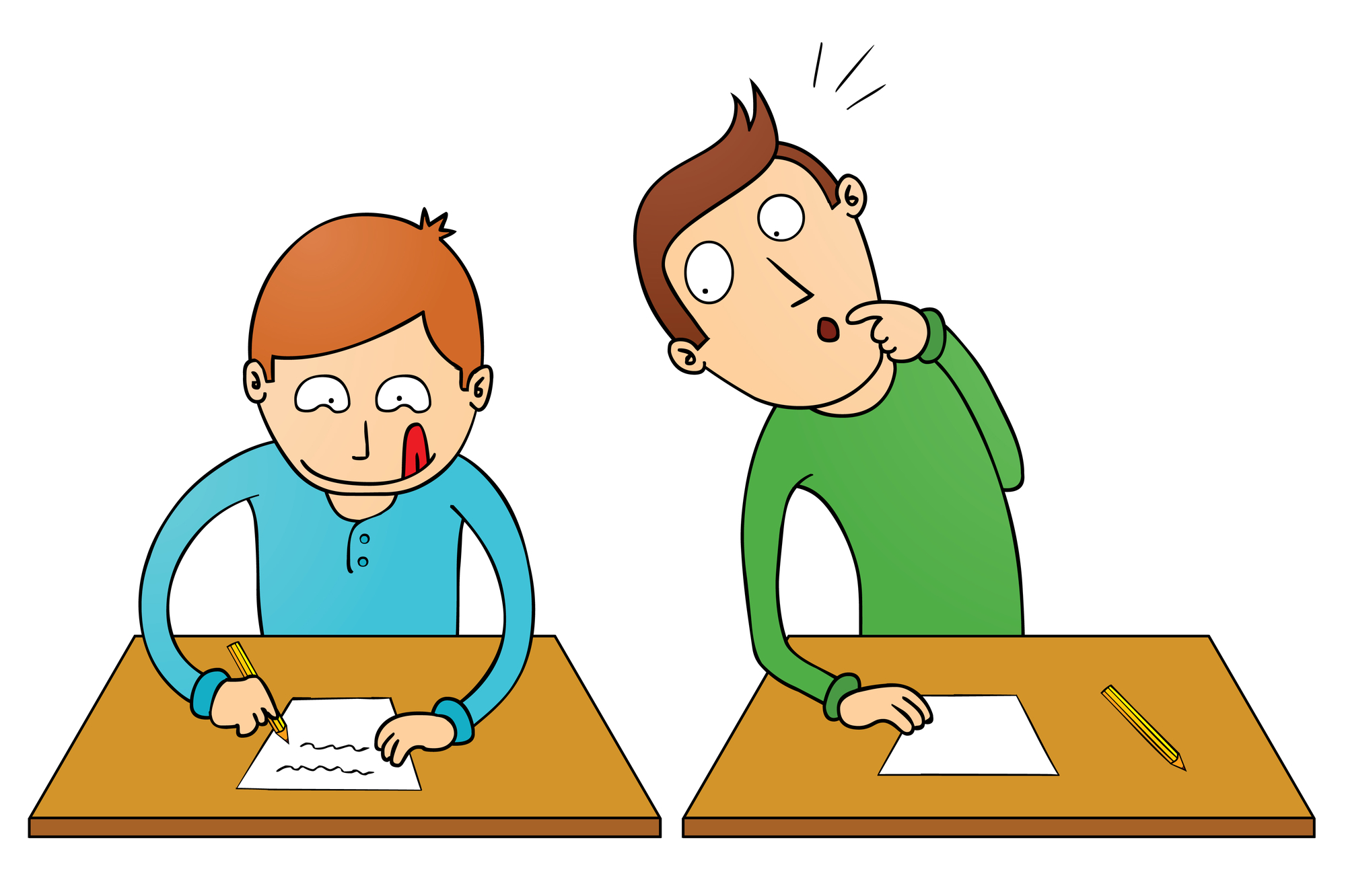Plagiarism in South African schools: the problem and solutions
When it comes to written assignments, a survey of universities in South Africa by the Sunday Times showed that 871 students were found cheating and plagiarising in 2014. At the same time, a study by the University of Johannesburg proves the efficiency of intervention to lessen plagiarism cases. Another report by Mapule Patricia Sentleng and Lizette King discovered the roots of plagiarism in the insufficient high school instruction of the learners.
That’s why today we’ll cover the problem of academic dishonesty and suggest the possible ways to eliminate it, starting with the school.
The most common reasons and types of plagiarism
Before defining its types, let’s outline the most widespread reasons for plagiarism among students all over the world.
Reasons for plagiarism and how to address them
In general, plagiarism can be divided into intentional and unintentional. The first one means they’ve done it on purpose, and the second one refers to when a student didn’t realize he or she was doing something wrong. Here is a list of common reasons for intentional plagiarising:
1. Fear to fail the task.
Sometimes, students may doubt they will manage to cope with the assignment. This may happen because of a task’s complexity. You can address this challenge by giving detailed instructions and requirements.
2. A desire for higher grades.
If your pupils want to stand out in a class but their knowledge is limited, they can try to copy others’ ideas to present themselves in the best light. You can solve this problem by showing them your appreciation independent of what grade they get. Encourage them with positive words and focus rather on their progress than knowledge gaps.
3. Poor time management.
Some pupils prefer spending their free time on fun rather than on studies. As a result, they find themselves in the situation when the deadline is close, while they haven’t started working on their written assignment yet. You can help your pupils by dividing each task into smaller parts (if possible) and evaluating each of them.
If the assignment cannot be split, you can motivate them by asking about their progress and offering some advice from time to time. Additionally, some students can plagiarize just because of their laziness, while others are tempted by the free access to multiple sources on the Internet. If the latter can be addressed by
involving a bit of creativity, lazy students should be approached personally. As for unintentional plagiarism, the reasons for it may be teamwork or a lack of knowledge about what it is and what consequences it can have. To be able to explain this to them, you should be aware of the possible forms of this academically dishonest behavior.
Types of plagiarism
Here are the most typical forms of plagiarism your students can use:
- Download a ready-made paper from essay banks.
- Order a paper from an online writing service.
- Copy-paste information from the Internet without specifying that it’s a quote and formatting it accordingly.
- Translate a paper from another language without crediting the author.
- Paraphrase or change grammatical constructions and present such sentences as original ideas.
Now that you know about the types and reasons of plagiarism, let’s proceed to how you as a teacher can help your students avoid it in their work.
How to teach students the value of working on their own
The same study by Sentleng and King we’ve mentioned at the beginning of the article suggests possible solutions to the growing problem of plagiarism. Here are some of them you can try in your class:
- Supply your pupils with comprehensive and detailed guides on formatting
- Offer creative topics rather than generic ones and consider changing them each year
- Explain to them what is considered a plagiarized piece of text and how to avoid it, along with the consequences it can have
- Provide a timely response to intervention, including the monitoring of your pupils’ progress
- Engage your class with different activities
You can also do much more, like gamify the learning process by introducing some badges for achieving some milestones while studying your subject. Additionally, you can try plagiarism-detection software for some minor tasks to understand if your pupils are using unoriginal ideas in their writing. This will help you define the problem at its earliest stage and gradually eliminate it in the future.
About PlagiarismCheck.org
PlagiarismCheck.org is a plagiarism-detection tool which allows a user to find exact matches, paraphrased sentences, and other types of plagiarism in writing assignments, including improper referencing. To schedule a demo and sign up for a free trial account, please contact us at support@plagiarismcheck.org.



